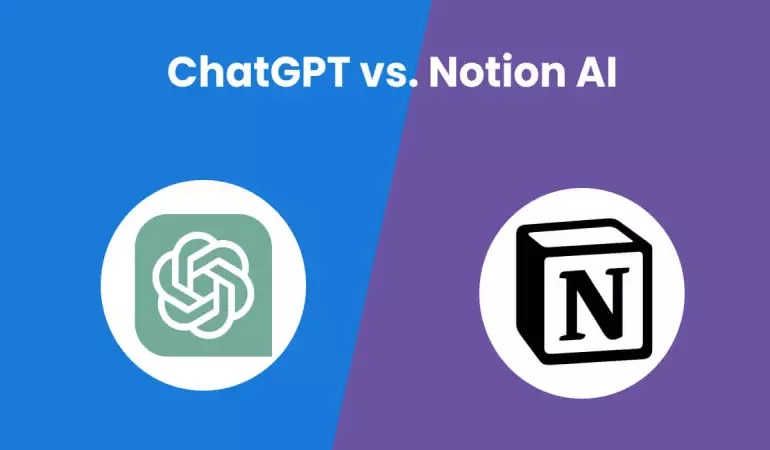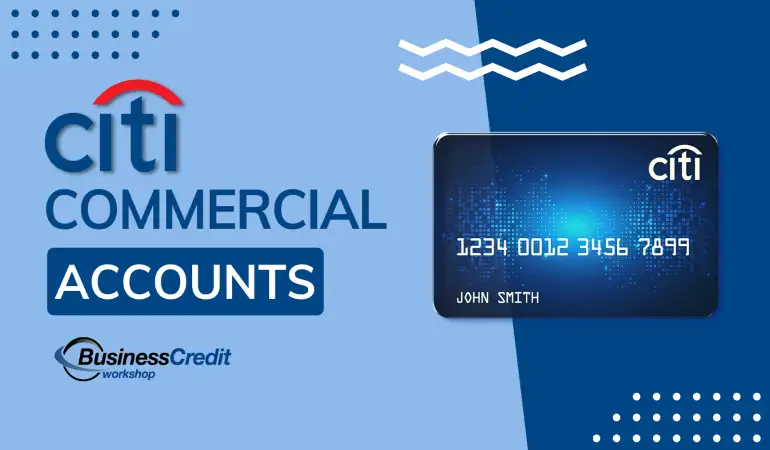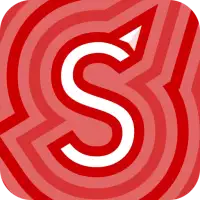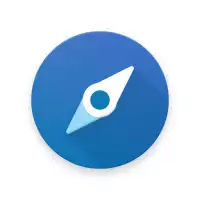Create Canvas Account
Canva is a free-to-use online graphic design tool. Use it to create social media posts, presentations, posters, videos, logos and more.
November 16, 2024 18:09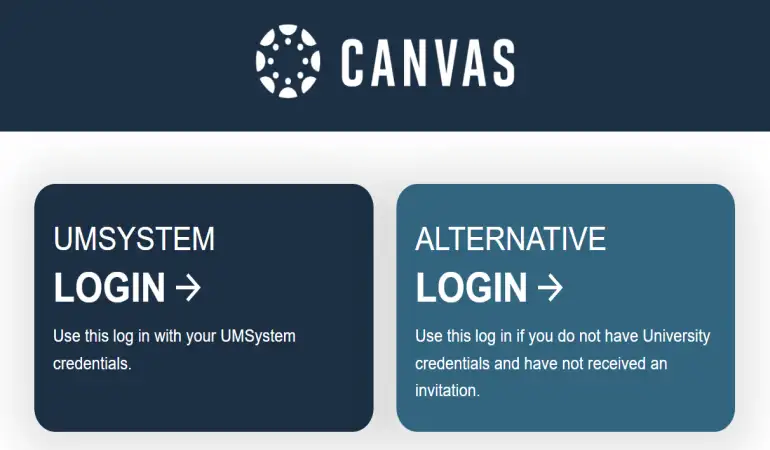
Canvas is one of the most widely used Learning Management Systems (LMS) worldwide. It offers an intuitive interface and a suite of tools designed to streamline learning and teaching processes.
Whether you’re a student looking to access course materials, a teacher managing classes, or a parent monitoring your child’s progress, having a Canvas account is essential.
This guide will walk you through the process of creating a Canvas account step by step.
What is Canvas?
Canvas is an online platform used by schools, colleges, universities, and businesses to manage learning and collaboration. It allows educators to deliver course content, assign tasks, and interact with students in real-time. Students, on the other hand, can access lectures, submit assignments, and stay organized—all in one place.
Some key features of Canvas include:
- Ease of Access: Available on both desktop and mobile.
- Customization: Personalized dashboards and profiles.
- Collaboration Tools: Group projects, discussion boards, and peer reviews.
- Analytics: Progress tracking and performance analytics.
Why Do You Need a Canvas Account?
Creating a Canvas account opens the door to a seamless educational experience. Here’s why you might need one:
- For Students: Access to assignments, grades, and course resources.
- For Teachers: Tools for content delivery and student assessment.
- For Parents: Monitoring students’ progress and communication with educators.
Canvas serves as a central hub, eliminating the hassle of managing different platforms for various educational needs.
Step-by-Step Guide to Creating a Canvas Account
Step 1: Visit the Official Canvas Website
To start, head to the official Canvas website by entering www.canvaslms.com in your browser. Always ensure you’re using the legitimate site to avoid phishing scams.
Step 2: Locate the "Sign Up" Option
Once on the homepage, look for the "Sign Up" button. Depending on the version of Canvas you’re using, this option may appear as "Need a Canvas Account?" or "Sign Up for Free." Click on it to proceed.
Step 3: Choose the Right Account Type
Canvas offers several account types based on the user’s role:
- Students: For accessing courses and submitting work.
- Teachers: For creating and managing courses.
- Parents: For monitoring a child’s progress.
Select the option that aligns with your role, then click “Next” or “Continue.”
Step 4: Fill in Your Details
You’ll now need to provide the following details:
- Name: Enter your full name as you want it displayed.
- Email Address: Use a valid email address for verification.
- Password: Choose a strong password that combines letters, numbers, and special characters.
Ensure all information is correct, as this will be used for logging in and receiving important notifications.
Step 5: Verify Your Email Address
After filling in your details, Canvas will send a verification email to the address you provided. Open the email and click on the verification link. If you don’t see the email within a few minutes, check your spam folder.
Step 6: Customize Your Canvas Profile
Once your account is verified, log in to Canvas and set up your profile:
- Profile Picture: Upload a professional or recognizable photo.
- Bio: Add a brief introduction.
- Notifications: Adjust notification settings based on your preferences.
Customizing your profile makes it easier for others to identify you in courses and discussions.
Step 7: Explore the Dashboard
After completing your profile setup, you’ll be directed to the dashboard. Here, you can:
- View enrolled courses.
- Access announcements, assignments, and grades.
- Navigate the platform’s tools and features.
Take a moment to familiarize yourself with the layout, as this will be your primary workspace on Canvas.
ChatGPT said:
Tips for Using Canvas Effectively
Once your account is set up, you’ll want to make the most out of the platform. Here are some tips to help you navigate Canvas like a pro:
- Organize Your Dashboard: Pin your most important courses to the dashboard for quick access.
- Utilize the Calendar: Track assignment deadlines and class schedules.
- Engage in Discussions: Join discussion forums to collaborate and share ideas with peers.
- Check Notifications Regularly: Stay updated on new announcements, assignments, and messages.
Learning how to maximize Canvas tools can save you time and keep you ahead in your courses
Troubleshooting Common Issues
While Canvas is user-friendly, you might encounter some issues during setup or use. Here’s how to tackle them:
Email Verification Not Received:
- Double-check the email you provided for typos.
- Look in your spam or junk folder.
- Resend the verification email from the Canvas site.
Forgotten Password:
- Use the “Forgot Password” link on the login page.
- Follow the instructions sent to your registered email.
Account Type Confusion:
- If you mistakenly selected the wrong account type, contact Canvas support to rectify the issue.
Technical Errors:
- Ensure you’re using an updated browser.
- Clear your cache or switch to a different browser if problems persist.
Canvas Mobile App Setup
Canvas is also accessible on mobile devices, allowing you to learn and manage tasks on the go. Follow these steps to set it up:
Download the App:
- Go to your device’s app store and search for “Canvas Student,” “Canvas Teacher,” or “Canvas Parent” based on your role.
Log In to Your Account:
- Open the app, select your institution (or use a free account), and enter your login credentials.
Enable Notifications:
- Adjust notification settings to stay updated on important course events.
The mobile app is particularly useful for quick checks and on-the-go communication.
Securing Your Canvas Account
To protect your account and data, follow these best practices:
- Create a Strong Password: Use a mix of upper and lower case letters, numbers, and symbols.
- Change Password Regularly: Update your password periodically to enhance security.
- Enable Two-Factor Authentication (2FA): If available, add an extra layer of protection to your account.
- Log Out on Shared Devices: Ensure you log out after using Canvas on public or shared devices.
A secure account ensures uninterrupted access and protects your personal and academic information.
Benefits of Using Canvas LMS
Canvas offers a variety of features that enhance the learning and teaching experience. Some of the major benefits include:
- Centralized Platform: Manage all your courses, assignments, and communications in one place.
- Accessibility: Access the platform from anywhere with an internet connection.
- Collaboration Tools: Facilitate teamwork through discussion boards and group assignments.
- Integration: Sync with third-party tools like Google Drive and Microsoft Office for streamlined workflows.
By leveraging these benefits, both students and educators can achieve their goals more efficiently.
Canvas for Institutions
Institutions worldwide rely on Canvas for delivering quality education. Here’s why it’s popular among schools and universities:
- Scalability: Handle large numbers of students and courses seamlessly.
- Customization: Tailor the platform to match institutional branding and needs.
- Analytics: Use performance data to improve teaching methods and student outcomes.
- Support for Blended Learning: Combine online and offline learning for a versatile education model.
Canvas has become a cornerstone in modern education, helping institutions adapt to digital learning trends.
Conclusion
Creating a Canvas account is the first step toward an organized and collaborative learning experience. Whether you’re a student looking for a central hub for your coursework, a teacher aiming to streamline your content delivery, or a parent wanting to stay involved in your child’s education, Canvas has you covered. Follow the steps outlined in this guide, and you’ll be ready to dive into a world of seamless education.
